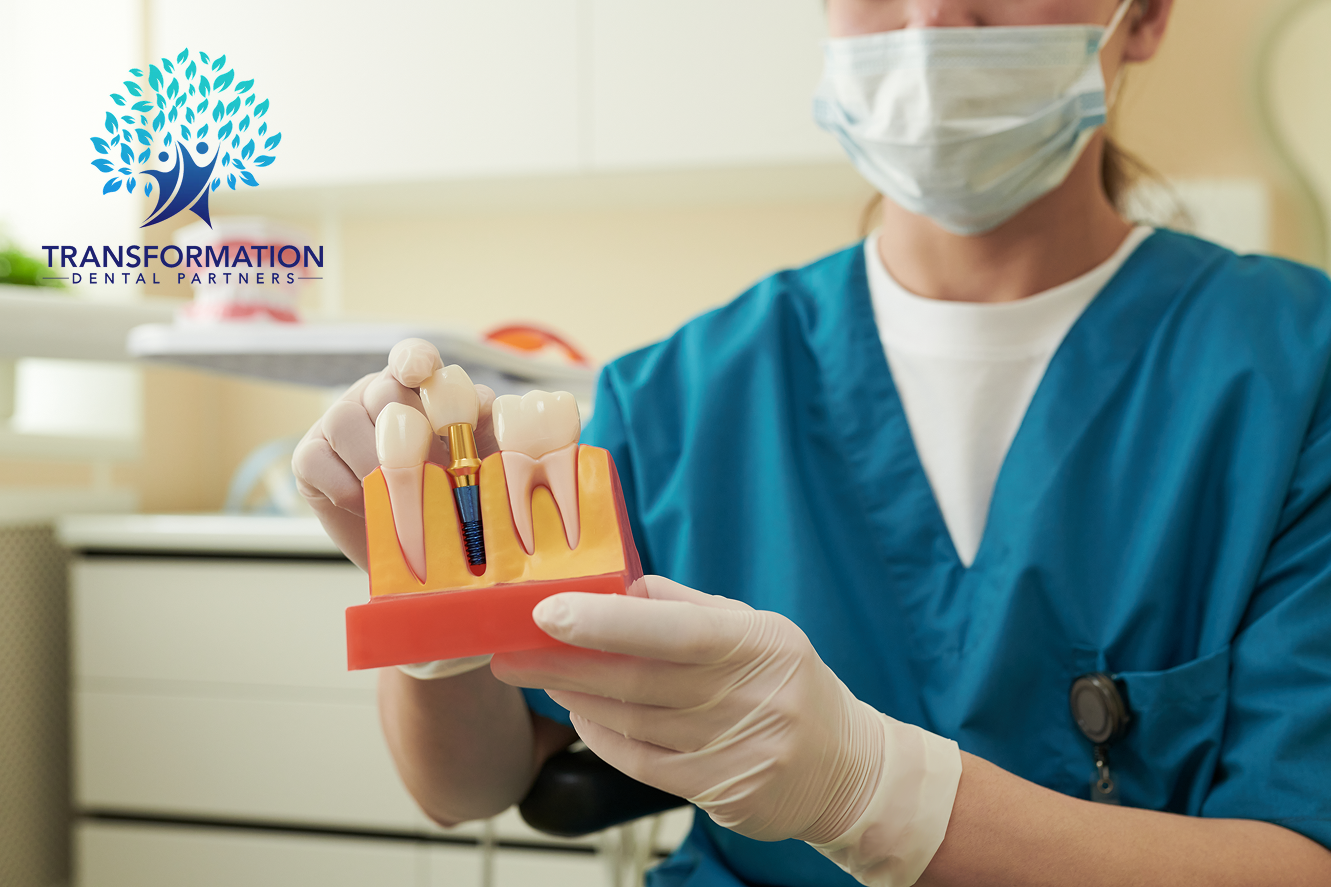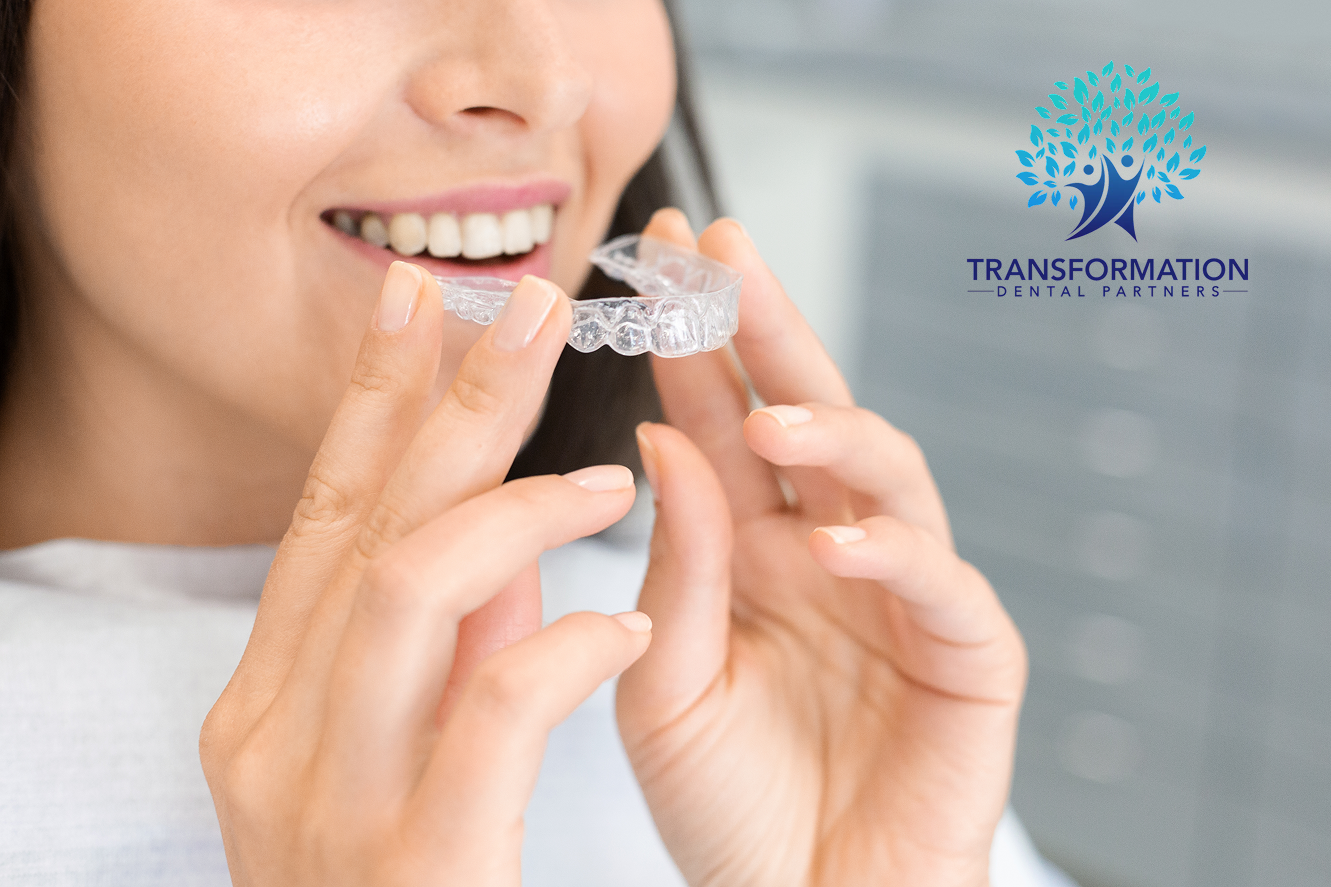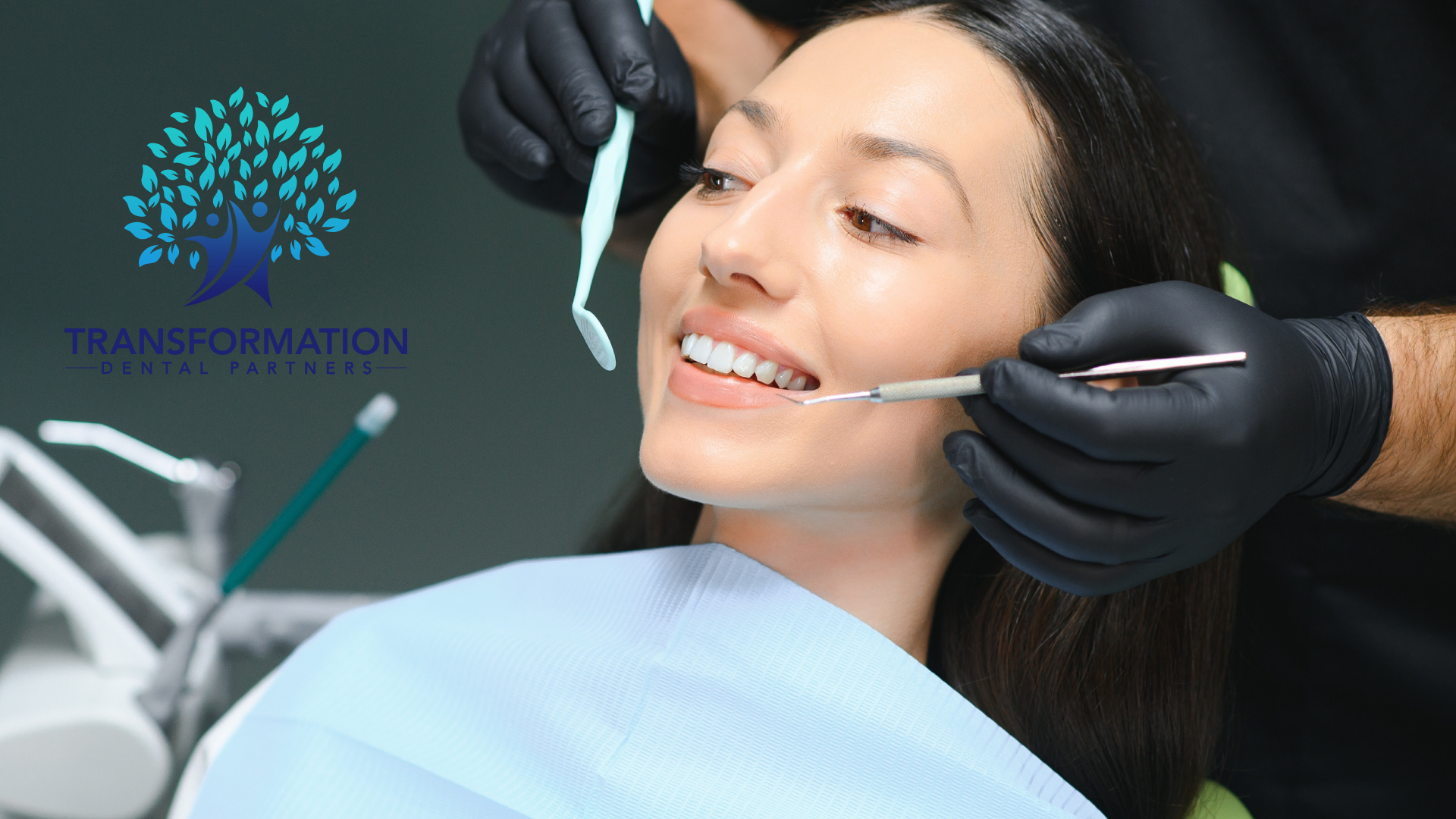Comfort Treatment Options
Dr. Li and the Transformation Dental Partner's team have effective sedation capabilities. We can provide many levels of comfort.
Topical & Local Anesthesia
We begin with a topical solution that 'pre-numbs' the injection area. Then the local anesthesia is used to completely numb the area being treated. This temporarily blocks feeling to the nerve and should last one to two hours or longer.
Nitrous Oxide Gas
Nitrous oxide gas (laughing gas) is especially useful for highly apprehensive patients. The transformations are oftentimes astounding. Someone who was anxious walking into treatment is now completely relaxed.
Conscious Sedation
One of the major benefits of oral conscious sedation dentistry is that people often feel like their dental procedure lasts only a few minutes, when in fact it might have taken hours to perform. Therefore, complex dental procedures such as complete smile makeovers or extensive smile restoration procedures that normally require multiple visits can often be performed in fewer, but longer, appointments. In fact, some patients, who have no fear of the dentist whatsoever, are using sedation dentistry to pack three or four dental appointments into one long one that they won't remember.
General Anesthesia (IV Sedation)
You can choose a technique available to patients who suffer from being afraid to visit the dentist and who often suffer with diseased teeth as a consequence of that fear. At the office of Dr. Li, a highly qualified specialist anesthetist is right there at the dental treatment and administers medication through an IV that makes you completely unaware of your surroundings. As you sleep away, you will not know that dental treatment is taking place. Oddly enough you will still be able to hear Dr. Li if he or she tells you something or asks you to open your mouth wider. When the procedure is finished, you immediately wake and you won’t remember any of the dentistry. This will reduce stress and anxiety, which accompany treatment. There is no awareness of treatment during the entire procedure. Pulse, blood pressure and respiration are continually monitored throughout the procedure. The body rapidly metabolizes these types of anesthetic agents, allowing for a quick recovery.




